so why are my peppers wilting?
Featured Answer
Comments (28)
nc_crn
9 years agoRelated Professionals
Windham Landscape Architects & Landscape Designers · Manorville Landscape Architects & Landscape Designers · Alamo Landscape Contractors · Caldwell Landscape Contractors · East Hanover Landscape Contractors · Hollywood Landscape Contractors · Overland Park Landscape Contractors · Palatine Landscape Contractors · Roswell Landscape Contractors · San Bruno Landscape Contractors · Tewksbury Landscape Contractors · Thonotosassa Landscape Contractors · Vacaville Landscape Contractors · Pawtucket Driveway Installation & Maintenance · Reston Driveway Installation & Maintenanceseysonn
9 years agosusanzone5 (NY)
9 years agosusanzone5 (NY)
9 years agowoohooman San Diego CA zone 10a
9 years agowoohooman San Diego CA zone 10a
9 years agocentexan254 zone 8 Temple, Tx
9 years agowoohooman San Diego CA zone 10a
9 years agoseysonn
9 years agolkzz
9 years agoAT2013
9 years agoDeeby
9 years agograndad_2003
9 years agograndad_2003
9 years ago
Related Stories
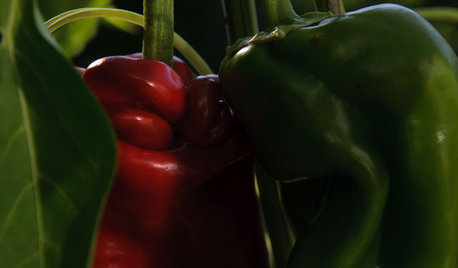
GARDENING GUIDESSummer Crops: How to Grow Peppers
Some like 'em hot; others like them sweet. With the incredible range of peppers available for home gardens, you can have your pick
Full Story
SHOP HOUZZShop Houzz: Like Salt and Pepper
Cute and kitschy ways to say ‘I love you’ with themed salt and pepper shakers
Full Story
DECORATING GUIDESDesign Details: Pepper a Space with Poufs
Keep Cushy Seats On Hand for Unexpected Guests and Casual-Chic Style
Full Story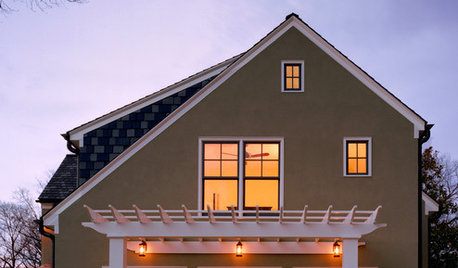
TRADITIONAL ARCHITECTURESaltbox Houses Pleasingly Pepper Landscapes
Refreshingly basic silhouettes and materials make saltboxes a simple architectural pleasure
Full Story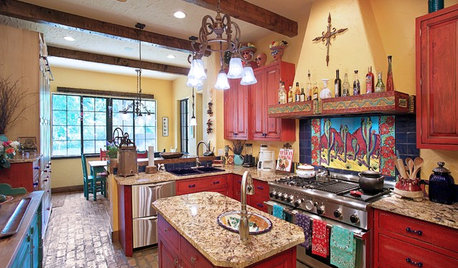
DECORATING GUIDESSo Your Style Is: Southwestern
Does the singular beauty of the American desert speak to you? If so, Southwestern design style may be ideal for your home
Full Story
DECORATING GUIDESSo Your Style Is: Rustic
Refreshing in its simplicity, rustic style highlights natural beauty and a rugged, resilient spirit. Is it a match for you?
Full Story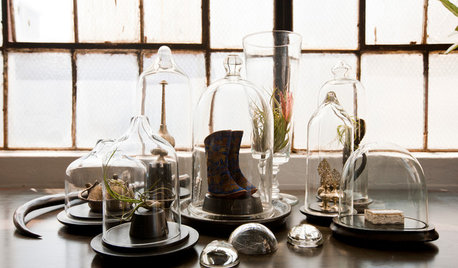
DECORATING GUIDESSo Your Style Is: Curiosity-Cabinet Chic
Create an uncommon mood that whispers of adventure by showing off your treasures in an intriguing way
Full Story
KITCHEN DESIGNSo Over Stainless in the Kitchen? 14 Reasons to Give In to Color
Colorful kitchen appliances are popular again, and now you've got more choices than ever. Which would you choose?
Full Story
BLACKCooking With Color: When to Use Black in the Kitchen
Consider sampling Caviar or Cracked Pepper on your kitchen walls or cabinets for richness and impact
Full Story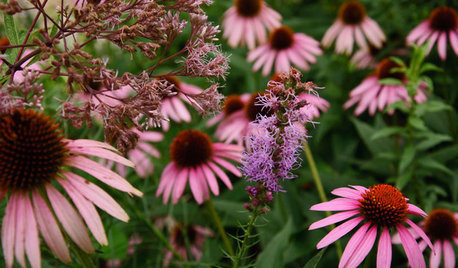
GARDENING GUIDESGreat Lakes Gardener's August Checklist
Pick the peppers and drink in the scent of lilies this month, while you mull over a mowing strip to make fall gardening easier
Full StoryMore Discussions







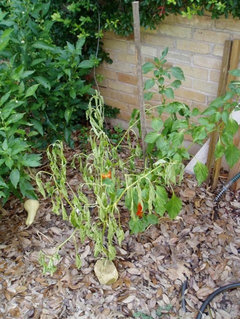
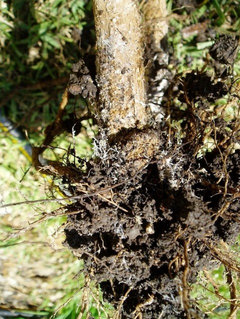
Deeby